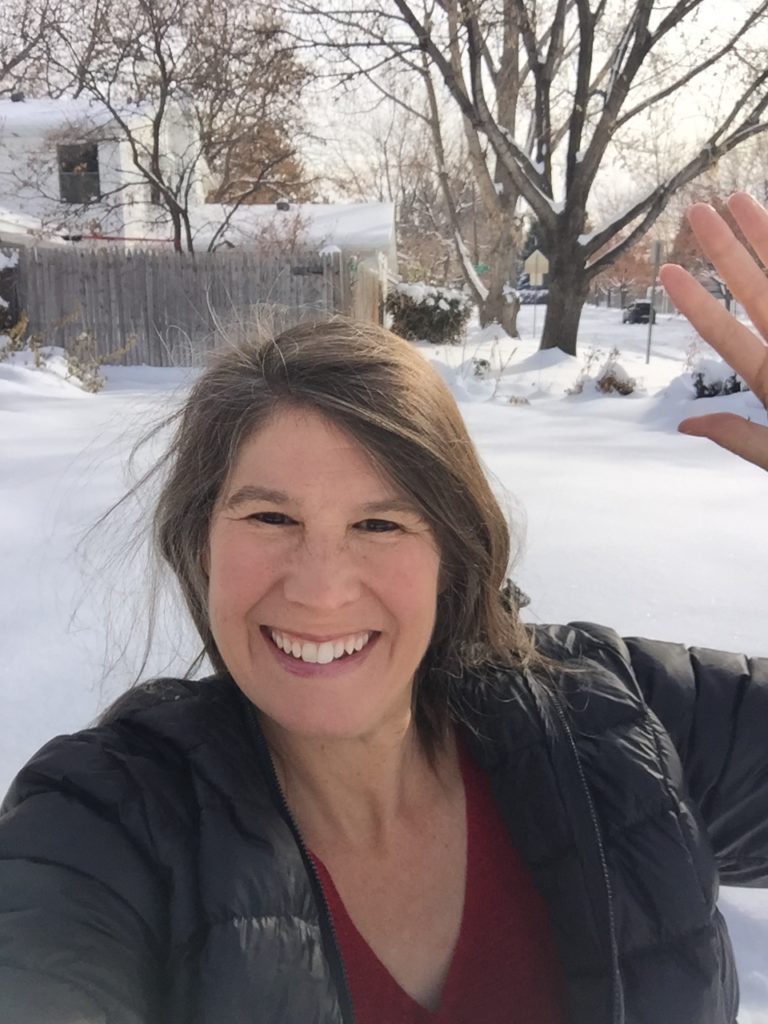
How can you help bridge the gap?
Earlier this year I went to a Women in Architecture AIA event (WiA) that presented the Equity by Design survey results1 from 2016. This survey enumerated how far people of color (PoC) and women have to go to be treated equally in the workplace.
I was really energized when I heard the enthusiasm that the presenters and attendees had for tackling this issue – they even had the backing of the AIA! The enthusiasm was contagious and I made plans to put together workshops and tools for firms to use in combatting these issues in their own offices.
However, when I started researching and digging into it further, I realized how challenging this particular problem can be. I met with people who do diversity training for firms, and even they said there’s no way to state the issue plainly and expect anything but pushback from firm leadership, regardless of how well that firm is actually doing with diversity issues. In fact, diversity training often results in poorer outcomes because once the diversity checkbox gets ticked off in people’s heads, they figure they don’t have to focus on it anymore.
In my July post I promised some ideas about what we can do to tackle the pay gap for women and people of color. Most of us are not willing to start any lawsuits, which are costly and notoriously difficult to win.
If not through legal channels, then what? Start with one small action at a time.
For those of you in leadership positions, encourage your team to consider whether bias is creeping into judgements on performance. Be aware that cultural issues such as hairstyles, clothing styles, or accents may be contributing to judgements about a person’s performance. Encourage the firm leadership to do a salary review.
If there are employees with performance issues, talk to them. Are there any situations in the workplace contributing to the person not performing their best? Constant microagressions can cause major stress and even lead to burnout. If any of these issues are present in the workplace, they should be addressed.
If you aren’t in a leadership role, use your voice as often as possible. Support others who speak up. You may not agree with their message, but it is easy for dominant voices to take over a discussion and women and PoC to be dismissed without much consideration. Talk to your co-workers about supporting each other, and lead by example wherever you can.
Realize that there are layers of privilege. Although the pay gap between white women and white men is significant, it’s minor compared to the gap for people of color. Be mindful that your efforts to promote women’s voices aren’t at the expense of PoC.
1: http://eqxdesign.com/survey-2016
If you would like to explore how to brighten your career path, or are just curious about coaching, contact me to schedule a complimentary discovery session.





